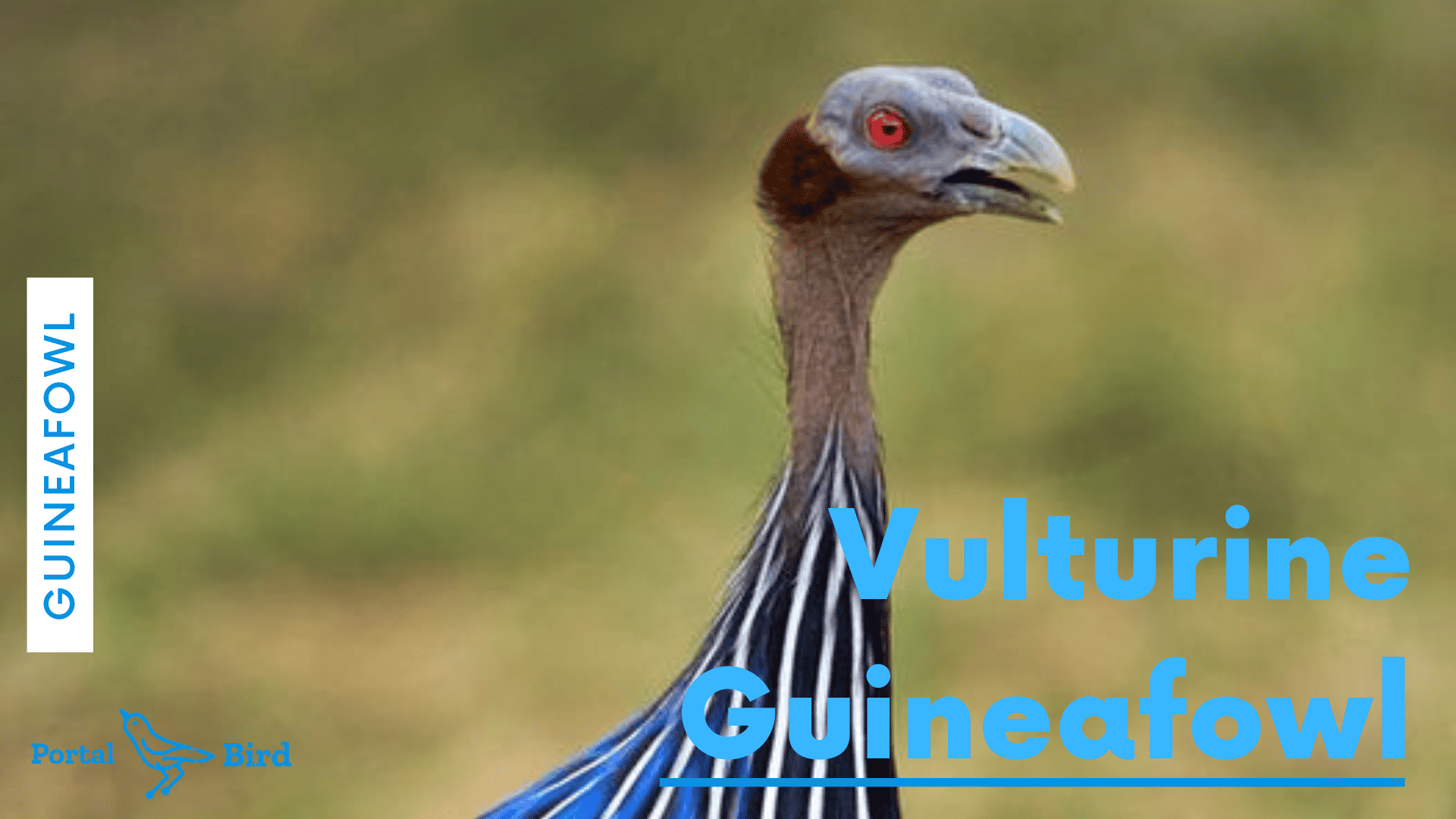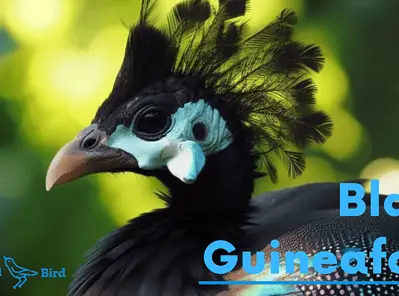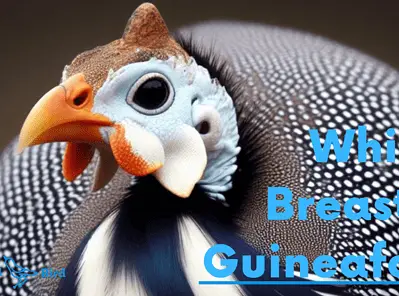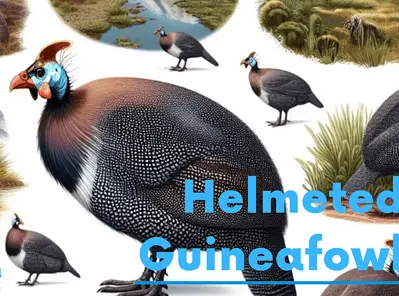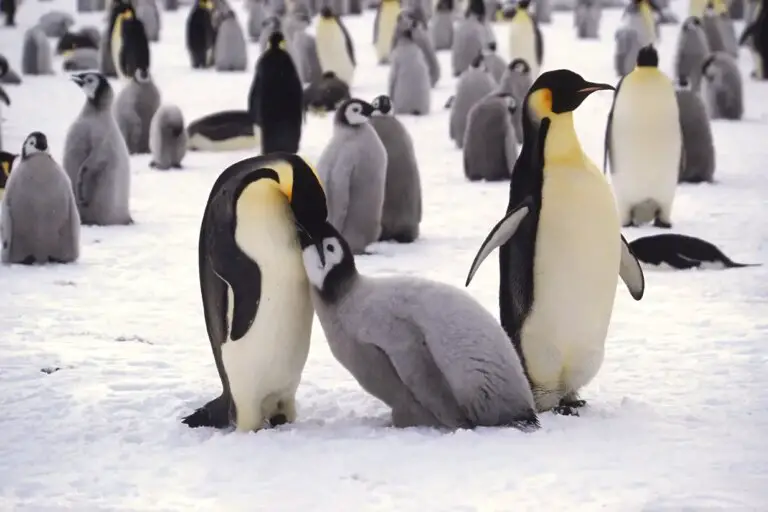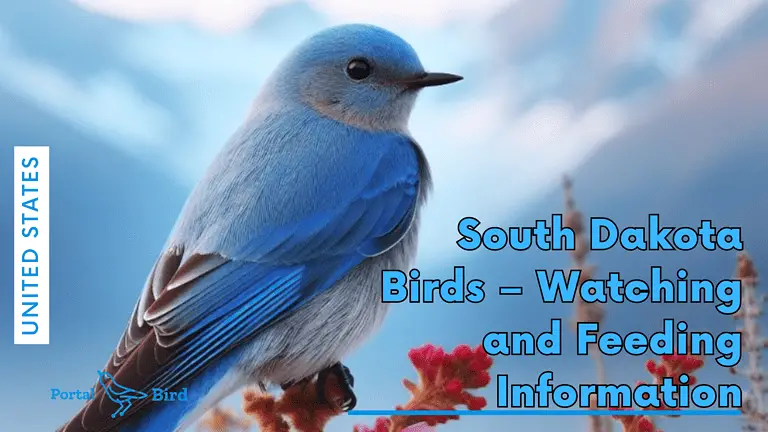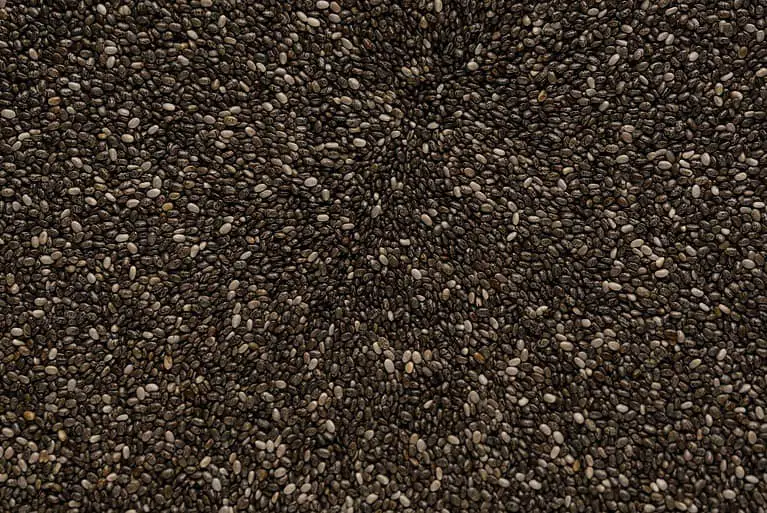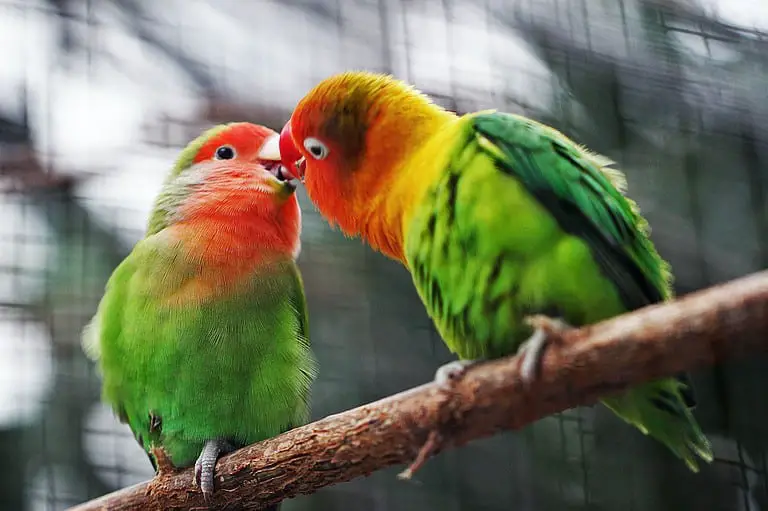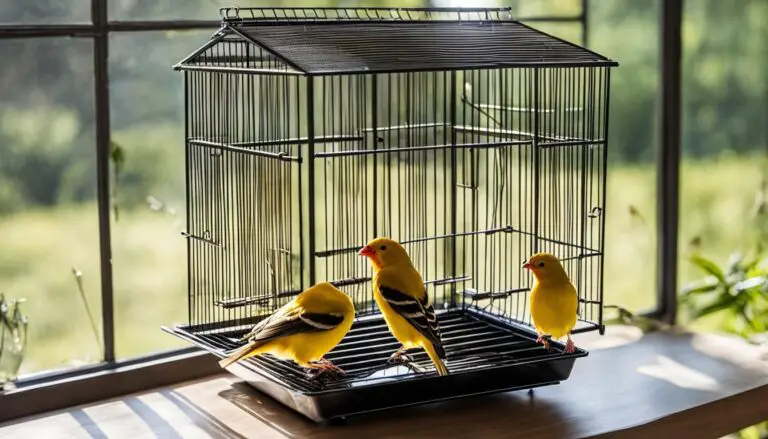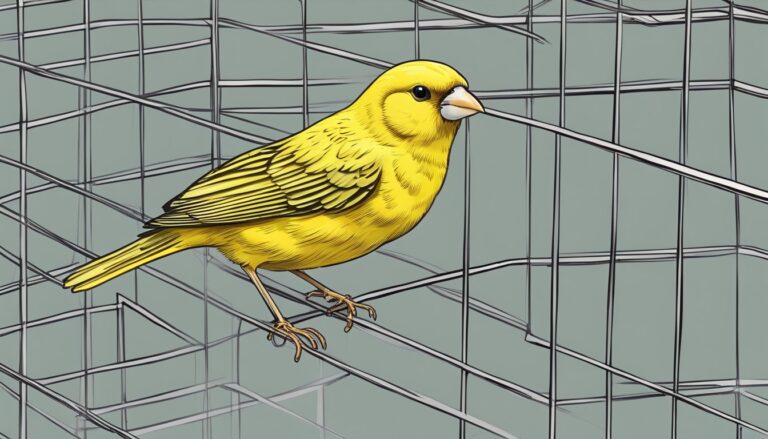Vulturine Guineafowl
The vulturine guineafowl, an extraordinary bird native to Eastern Africa, is truly captivating with its one-of-a-kind appearance and intriguing social structure. Its bold blue and black plumage, along with its long neck and distinctive red eyes, command immediate attention.
This avian species is well-known for its highly organized and hierarchical behavior, forming close-knit social groups and exhibiting complex vocalizations. As we delve into the fascinating world of this remarkable bird, we will explore its habitat, feeding habits, and conservation status, shedding light on the importance of protecting its existence.
The vulturine guineafowl’s unique appearance, characterized by its striking blue and black plumage, immediately grabs the attention of any observer. Its long neck and distinctive red eyes add to its allure, making it a truly captivating species. The bird’s social structure is equally fascinating, as it forms tight-knit social groups that display a highly organized and hierarchical behavior.
When studying the vulturine guineafowl, one cannot help but be amazed by its complex vocalizations. Its ability to communicate with its fellow group members is truly remarkable. These vocalizations play a crucial role in maintaining social cohesion and establishing dominance within the group.
Understanding the vulturine guineafowl’s habitat is essential to appreciating its unique characteristics. This bird is native to Eastern Africa, where it can be found in various types of habitats, including grasslands, savannas, and open woodlands. Its adaptability to these different environments is a testament to its resilience as a species.
In terms of feeding habits, the vulturine guineafowl is primarily herbivorous, feeding on a diet consisting of seeds, fruits, leaves, and insects. Its ability to forage for food in diverse environments further contributes to its survival in the wild.
Despite its captivating qualities, the vulturine guineafowl faces numerous threats to its existence. Habitat loss, as a result of human activities such as deforestation and land conversion, poses a significant risk to this species. Additionally, illegal hunting and capture for the pet trade further exacerbate the challenges faced by the vulturine guineafowl.
In light of these threats, it is crucial to prioritize the conservation of the vulturine guineafowl. Efforts must be made to protect its natural habitat and raise awareness about the importance of preserving its unique characteristics. By doing so, we can ensure the continued existence of this remarkable bird for future generations to appreciate and admire.
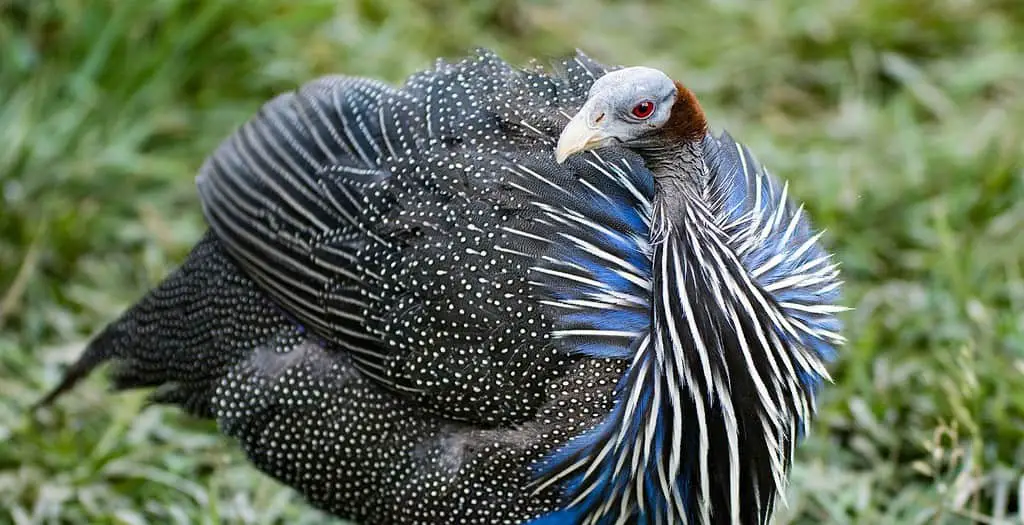
Key Takeaways
- Vulturine Guineafowl are endemic to dry savannahs and woodlands of East Africa, specifically Ethiopia, Kenya, Somalia, and Tanzania.
- They are the largest species of guineafowl, with males averaging 65-75 cm in length and weighing 1.5-2.5 kg. They have iridescent blue feathers with white, black, and chestnut accents.
- Vulturine Guineafowl form hierarchical groups with dominant individuals and display strong social bonds and synchronized movements. They cooperate during foraging in small subgroups and gather in large communal roosts at night.
- They primarily feed on leaves, flowers, seeds, and fruits, but also consume small invertebrates like insects, spiders, and snails. They are adaptable in their diet, allowing them to survive in different environments.
Habitat and Distribution
The habitat and distribution of the Vulturine Guineafowl are influenced by various ecological factors. These birds are endemic to the dry savannahs and woodland regions of East Africa, specifically Ethiopia, Kenya, Somalia, and Tanzania. They are highly adapted to arid environments, often found in areas with sparse vegetation and limited water sources.
Vulturine Guineafowl prefer open grasslands and scrublands, where they can forage for insects and small vertebrates. Their distribution is also influenced by human activities, as they can be found in agricultural areas and near human settlements.
These birds are known to have a wide range, but they are generally localized in areas with suitable habitat conditions. Understanding the habitat and distribution of Vulturine Guineafowl is crucial for their conservation and management, as it helps identify key areas for their protection and preservation.
Physical Appearance
Vulturine guineafowl possess striking physical features and are characterized by their vibrant plumage and impressive size. These birds are the largest species of guineafowl, with males averaging around 65-75 cm in length and weighing between 1.5-2.5 kg.
Their overall appearance is dominated by a long, slim neck and a small, rounded head with a prominent, bony casque on top. The most distinctive feature of the vulturine guineafowl is their intricate plumage. Their body is covered in iridescent blue feathers, with white, black, and chestnut accents.
The neck is adorned with long, white, filament-like feathers, forming a striking cape-like appearance. Additionally, their bare face and neck are bright blue, contrasting with their red eyes and yellow legs. These physical attributes make vulturine guineafowl captivating and visually stunning to observe in their natural habitat.
Behavior and Social Structure
In addition to their distinctive physical appearance, vulturine guineafowl exhibit complex social behavior and actively engage in cooperative foraging and communal roosting.
These behaviors contribute to the survival and success of the species in their natural habitat. Here are four key aspects of their behavior and social structure:
- Social hierarchy: Vulturine guineafowl form hierarchical groups, with dominant individuals leading the flock and asserting their authority over subordinates.
- Group cohesion: These birds maintain strong social bonds within their group, often engaging in synchronized movements and vocalizations to coordinate their activities.
- Cooperative foraging: Vulturine guineafowl cooperate during foraging, forming small subgroups that search for food together and alert each other to potential threats.
- Communal roosting: At night, vulturine guineafowl gather in large communal roosts, where they huddle together for warmth and safety.
Understanding the behavior and social structure of vulturine guineafowl is crucial for comprehending their feeding habits and diet.
Feeding Habits and Diet
With their unique physical adaptations and complex social behavior, vulturine guineafowl exhibit a diverse range of feeding habits and have a varied diet. These birds are primarily herbivorous, feeding on a wide array of plant material such as leaves, flowers, seeds, and fruits.
They are known to forage on the ground, using their strong beaks to peck at vegetation and dig for roots and tubers. In addition to plants, vulturine guineafowl also consume small invertebrates like insects, spiders, and snails.
They have been observed to opportunistically feed on carrion and scavenge from carcasses. This flexibility in diet allows vulturine guineafowl to adapt to different environments and find sustenance even in harsh conditions. Their feeding habits contribute to their overall survival and success in a variety of habitats.
Conservation Status and Threats
The conservation status of vulturine guineafowl remains a topic of concern, as they are facing numerous threats to their survival in the wild. Here are four key factors contributing to their vulnerability:
- Habitat loss: The conversion of natural habitats into agricultural land and human settlements has significantly reduced the available range for vulturine guineafowl populations.
- Poaching: These birds are often targeted for their striking plumage, which is highly valued in the illegal wildlife trade. This has resulted in a decline in their numbers in certain regions.
- Predation: Vulturine guineafowl face predation from a variety of predators, including large raptors, snakes, and mammals, which further reduces their population size.
- Climate change: The changing climate patterns and extreme weather events pose additional challenges for vulturine guineafowl, affecting their breeding success and overall survival.
Efforts are being made to address these threats and protect the vulturine guineafowl, including habitat conservation initiatives, anti-poaching measures, and awareness campaigns to promote their conservation. However, continued monitoring and conservation actions are crucial to ensure the long-term survival of this unique species.

